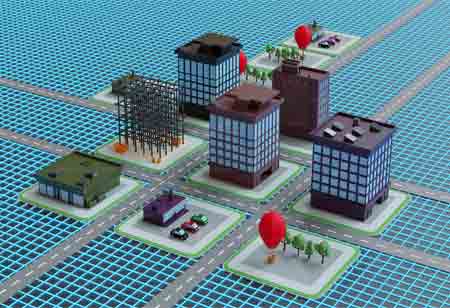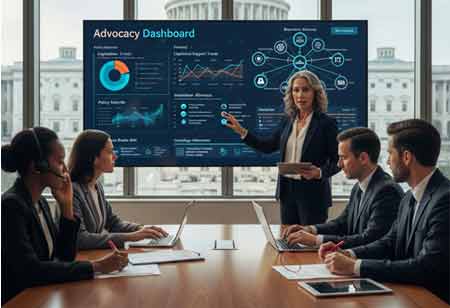Thank you for Subscribing to Gov Business Review Weekly Brief
New Technologies And Designs For Future Correctional Facilities
Numerous correctional institutions contend with infrastructure problems and insufficient budgets today, making it hard to deliver sufficient concession, recreational exercises, safety, and healthcare for its residents.

By
Gov Business Review | Wednesday, April 05, 2023
Stay ahead of the industry with exclusive feature stories on the top companies, expert insights and the latest news delivered straight to your inbox. Subscribe today.
Employing AI-based video monitoring systems, prisons can induce activity reports for their prisoners according to facial recognition, behavioral study, and movement research by noticing erratic activities like aggression or strange behavior.
Fremont, CA: Numerous correctional institutions contend with infrastructure problems and insufficient budgets today, making it hard to deliver sufficient concession, recreational exercises, safety, and healthcare for its residents.
These associations must anticipate new innovative technology and architectural remodeling to undervalue criminal action while keeping a safe and sustainable environment.
Substituting old-fashioned pencil and paper designs with cloud computing can change correctional facilities, permitting them to run more successfully and present a more comfy atmosphere for convicts and personnel.
When studying real-time data may help save money, holding inmates safer and forming better results to ensure rehabilitation and flourishing reintegration.
AI-based Video Surveillance
Like numerous other areas, prisons are noticing the advantages of executing modern artificial intelligence technologies that watch inmates' movements and movements 24 hours a day, seven days a week.
AI-based video surveillance systems, for illustration, are qualified to pinpoint uncommon actions like aggression towards others or deviant behavior and may help develop a report on activities for each prisoner employing facial recognition, behavioral study, and movement study.
Staff may make bold decisions to moderate and eventually present residents' safety and help by employing these details.
Correctional Facilities Conversion Through Building Design
Congestion and uninhabited cells are two of corrective facilities' most severe concerns.
Because of ongoing prison overpopulation, space for restoration programs, outdoor recreation, family support, and vocational training often get accustomed to holding overrun offender inhabitants.
Architects, criminal justice professionals, and disciplinary scholars must cooperate to produce structures that display the virtues of past and present organization designs while reducing their faults.
Square-shaped layouts, for illustration, can permit disturbing blind spots, like areas bewildering staff's vision. To bypass these unruly corners, circular forms may raise particular cell visibility and shared places. Technology may get exploited to install a feeling of normality via architectural design by integrating data-driven wisdom with a human-centric method, ultimately helping in effective restoration.
Health in Prison Environments
Surveillance and presenting the right health care is another area where technology and updating specific sections may greatly impact the lives of jailed people.
Presenting video-based telehealth consultations is one way to streamline inmate health treatment. It can save money, provide a real-time examination from skilled medical staff, and avoid the often painful experience of repositioning a patient to an off-site hospital.
One strategy for handling prisoner mental health is to learn the influence of their environment on their psychosocial health and how a revamp might help raise an inmate's possibilities of reintegrating into society with enhanced health and self-efficacy.
More in News






